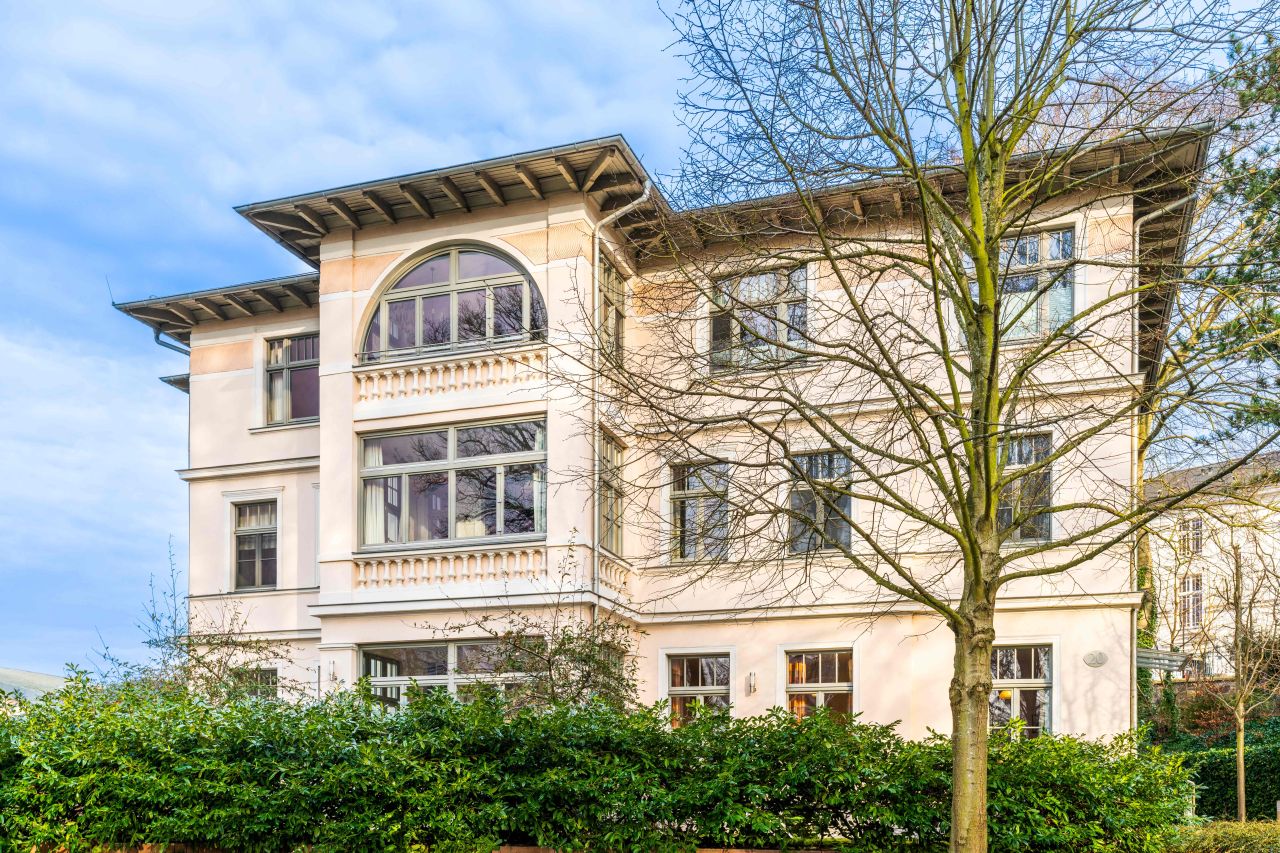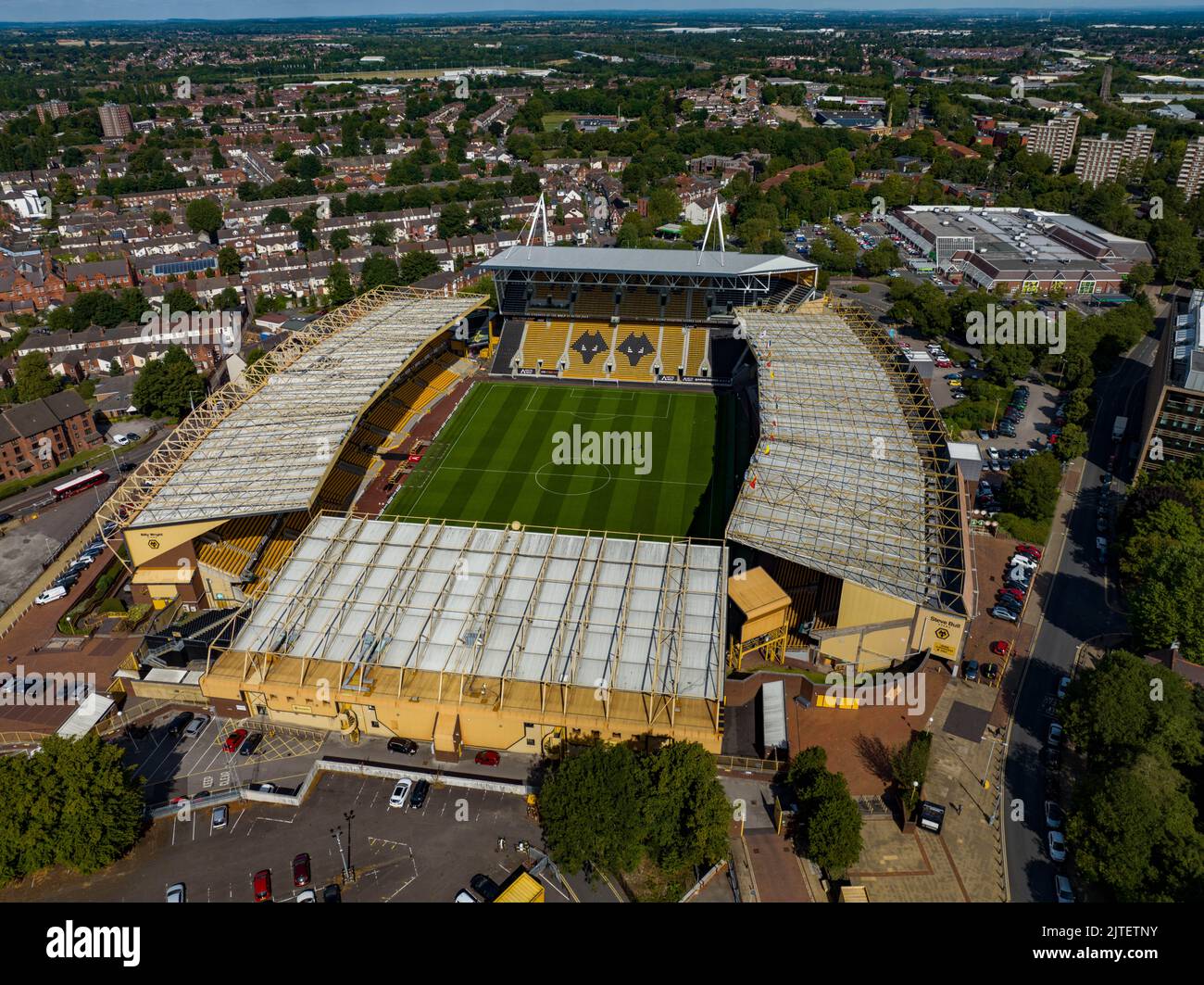
Introduction to San Marino
San Marino, officially known as the Republic of San Marino, is one of the world’s oldest republics and a landlocked microstate situated on the Italian Peninsula. With a population of approximately 34,000 and an area of 61 square kilometres, it is the fifth smallest country in the world. The importance of San Marino lies not only in its rugged mountainous landscape and ancient heritage but also in its political independence, making it a symbol of resilience and historic significance in European history.
Historical Background
Founded in A.D. 301 by a Christian stonemason named Marinus, San Marino has maintained its sovereignty for over 1,700 years, making it one of the oldest surviving republics. The country has a rich tapestry of history, featuring medieval fortresses and the iconic Guaita, Montale, and Cesta towers that stand as monuments to its long-standing independence and political stability. Today, San Marino is recognised as an intriguing destination for tourists seeking a blend of history and scenic beauty.
Contemporary Relevance
In recent years, San Marino has drawn attention not only for its historical significance but also for its evolving role in the modern world. As an independent republic, it functions as a parliamentary democracy and has established diplomatic relations with numerous countries. The economy of San Marino is primarily based on finance, industry, services, and tourism. The nation’s attractive tourist sites, including the historic city centre designated as a UNESCO World Heritage Site, contribute significantly to its economy. In 2022 alone, over 3 million tourists visited San Marino, highlighting its popularity among visitors from around the globe.
Challenges and Future Prospects
Despite its appeal, San Marino faces challenges, such as economic reliance on tourism and the need to diversify its economy in the post-pandemic world. The COVID-19 pandemic dealt a significant blow to its tourism sector, but efforts are underway to innovate and attract visitors through heritage tourism and cultural festivals. Furthermore, conversations about establishing stronger ties with the European Union (EU) could impact its trading relationships and economic structure moving forward.
Conclusion
San Marino exemplifies a unique blend of rich history, resilient independence, and contemporary relevance. It stands as a testament to the endurance of small nations in the face of globalisation and larger political entities. As the republic embraces change while honouring its storied past, it continues to be a captivating destination for those wishing to explore European history and culture. Looking ahead, San Marino’s ability to adapt and thrive in a modern context will determine its significance on the European stage.
You may also like

Exploring Monmouth: History, Attractions and Community

The Royal Opera House: A Jewel in London’s Cultural Landscape
